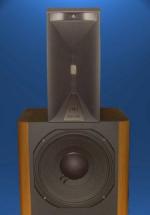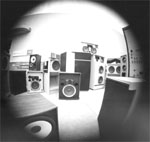Hi All,
I know there are quite a few of us here at the forums that have gone down the DIY 4345 route.
I wanted to know whether anyone has taken the time to measure their diy 4345s or factory build 4345s.
I'm only now learning about REQ wizard and taking measurements in general. Hopefully this evening, I will try to post the frequency response of my DIY 4345 - I'm hoping the experts can shed some light on whether I did something incorrectly (if anything) or whether the response of my speakers can be improved.
To be clear - I built my crossovers based on the JBL 3155 networks (given that I use alternate between the 2425/2307 combo inside the cabinet and 2441/Yuichi 290 outside the cabinet for my mid-rage horns)
In the meantime, if someone has taken actual measurements of their speaker - I would love to see how they measure so I can get a understanding of what can be expected.
Thanks,
Dhar



 Reply With Quote
Reply With Quote






